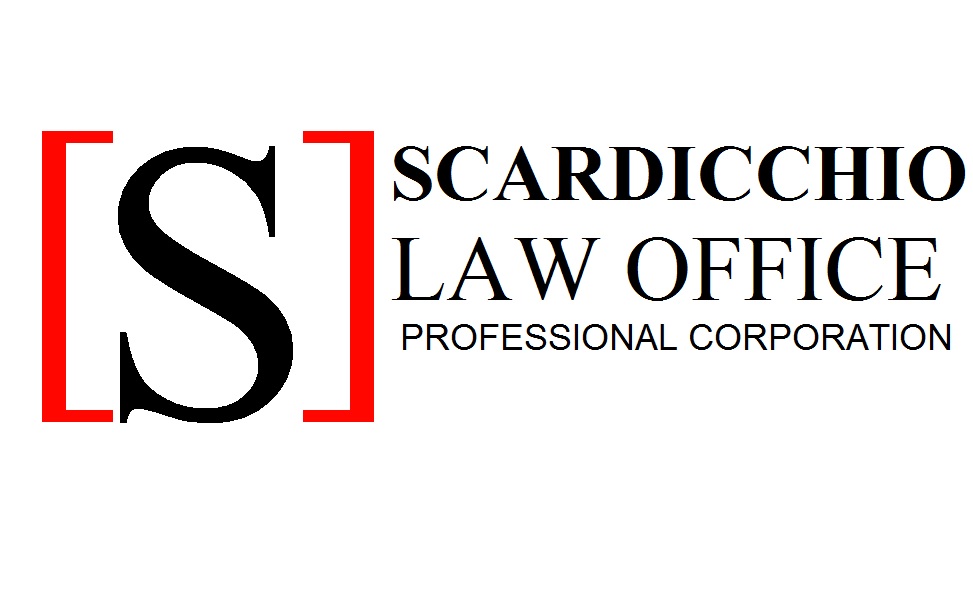Proving the authenticity of data beyond the mere printout of a captured image should be a piece of disclosure requested by defence counsel at all times. Meta-data is the information that provides data about a captured photo image or a video or even a text message. For example, meta data is information generated by a computer operating system or other software program that is associated with a particular electronic file. There are many distinct types of meta data, including descriptive meta data which is the information about a resource. It is used for discovery and identification and includes the author, abstract, keywords, and subject. structural meta data shows how objects are put together, for example version of the digital material. Administrative meta data indicates permissions and how the information was put together. Legal meta data provides information about the creator, etc. Defence counsel will usually know that meta data counts as substantive evidence. It is extremely useful for authenticating evidence because it often shows the author, creation date for files and other useful information. In order to preserve meta data and the potentially important and relevant information stored by it, a defence lawyer should always request that the original electronic is preserved, i.e. the original cell phone is to be preserved for the option of defence counsel to explore expert digital forensics on it. More times than not, only a copy of the original is provided to defence counsel, such as a DVD containing the evidence. In order to explore the internal files, including meta data, the original cell phone, for example, would need to be preserved. By being aware of the different forms of meta data, a defence lawyer will gain a better understanding about evidence that may be available to support or refute the claims being made in a case. Consider for example, if a cell phone image has a creation date of 2 years ago, and a complainant in her complaint provides a photo image to the police consisting of a black eye to her face where she claims occurred at the hands of the accused just 2 months ago. Requesting the meta data is an important link to evidence to refute the claim that this particular image was done by the accused a month ago. Most often, the Crown Attorney may not even see this data and continue prosecuting a case vigorously based on evidence that actually contradicts their complainant’s claims. If the complainant has possession of the original cell phone that the photo was taken with, then the Crown has a duty to preserve it upon request by defence counsel based on relevant electronically stored information that is triggered when an image is provided to the police.


MYGTALAWYERS IS A LICENSED TRADEMARK
